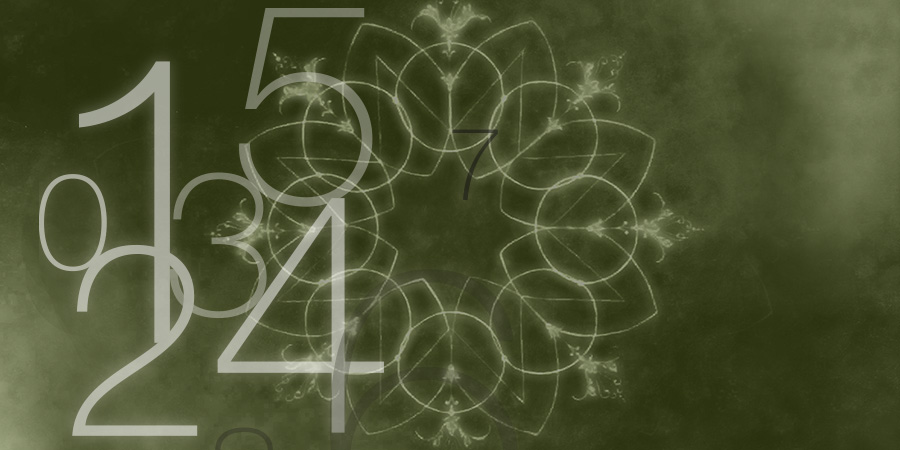Speaker
Description
The Plateau problem concerns the surfaces of least m-dimensional area spanning a given (m-1)-dimensional boundary. To guarantee existence of minimizers and desirable compactness properties for sequences of surfaces, one must consider a weak notion of surface, which allows area-minimizing "surfaces” to have singularities. Two particularly natural frameworks for this problem in arbitrary dimension and codimension are integral currents and mod(q) currents, which have both been studied in great depth since the 1950s, pioneered by works of De Giorgi, Federer & Fleming, Almgren, Taylor and White, and built upon by many others. The former framework allows for surfaces to have integer multiplicities, while the latter allows for multiplicities modulo a fixed integer q. I will give an overview of the history of the problem and some recent breakthroughs in the regularity theory for each framework, as well as regularity (and failure thereof) for almost area-minimizers, with particular focus on branch point singularities.

